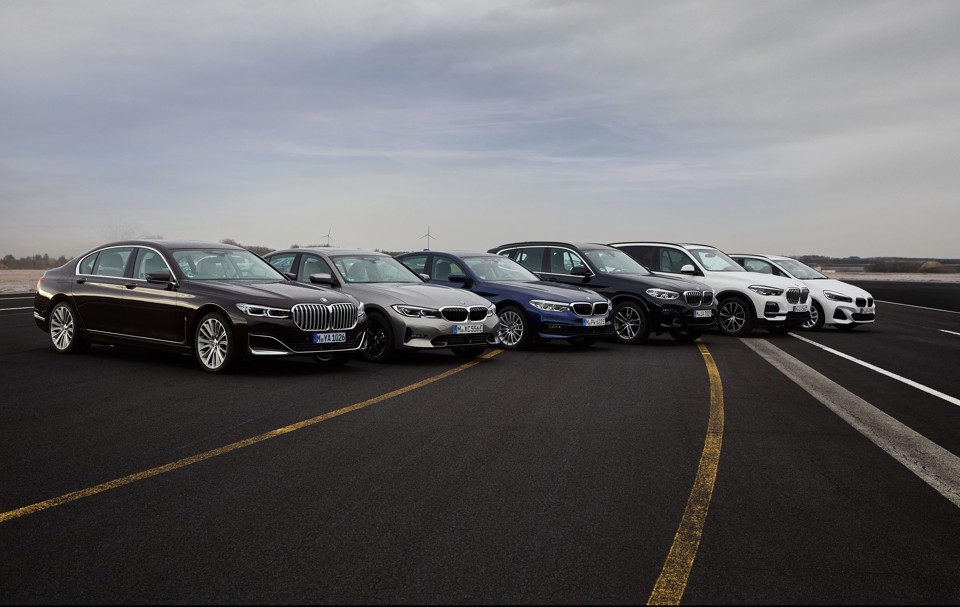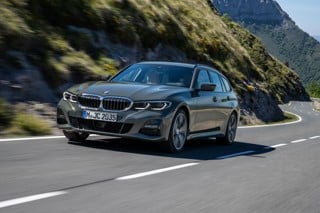BMW will expand its line-up of plug-in hybrid models with the addition of the X3 xDrive30e at the end of the year.
It uses the same powertrain as the BMW 330e, giving an all-electric range of 34 miles and CO2 emissions of 49g/km.
The 2.0-litre turbocharged petrol engine develops 252PS when combined with the electric motor. There is also an XtraBoost function that increased power output by 41PS at the touch of a button.
Drive is transmitted – both in hybrid and electric modes – via an eight-speed Steptronic gearbox and xDrive all-wheel drive. It enables the BMW X3 xDrive30e to accelerate from zero to 62mph in just 6.1 seconds.
Regenerative braking helps to optimise efficiency. The system’s high-voltage battery stores the energy captured during braking, with the electric motor taking on the function of a generator. The high-voltage battery also supplies the vehicle’s electrical system. This means that a generator powered by the combustion engine is no longer necessary, increasing overall efficiency.
The battery is located under the rear seat to save space, helping to deliver a luggage capacity of 450 litres.
Production of the new BMW X3 xDrive30e will commence in December 2019 and it will be joined by an ell-electric X3 model, due to make its debut in 2020. Prices will start at £47,565.
The new plug-in hybrid X3 joins the larger X5 xDrive45e and will soon be part of a trio of low-emission BMW SUVs when the X1 xDrive25e is launched early next year as the seventh plug-in hybrid offered by BMW.
Other models already available are the 330e, 530e and 745e saloons, plus the 225Xe Active Tourer.























john4870 - 06/11/2019 14:59
And what is the fuel economy with the battery depleted, when it acts as a normal 'hybrid' - is it as rubbish as the 330 e 3-series??